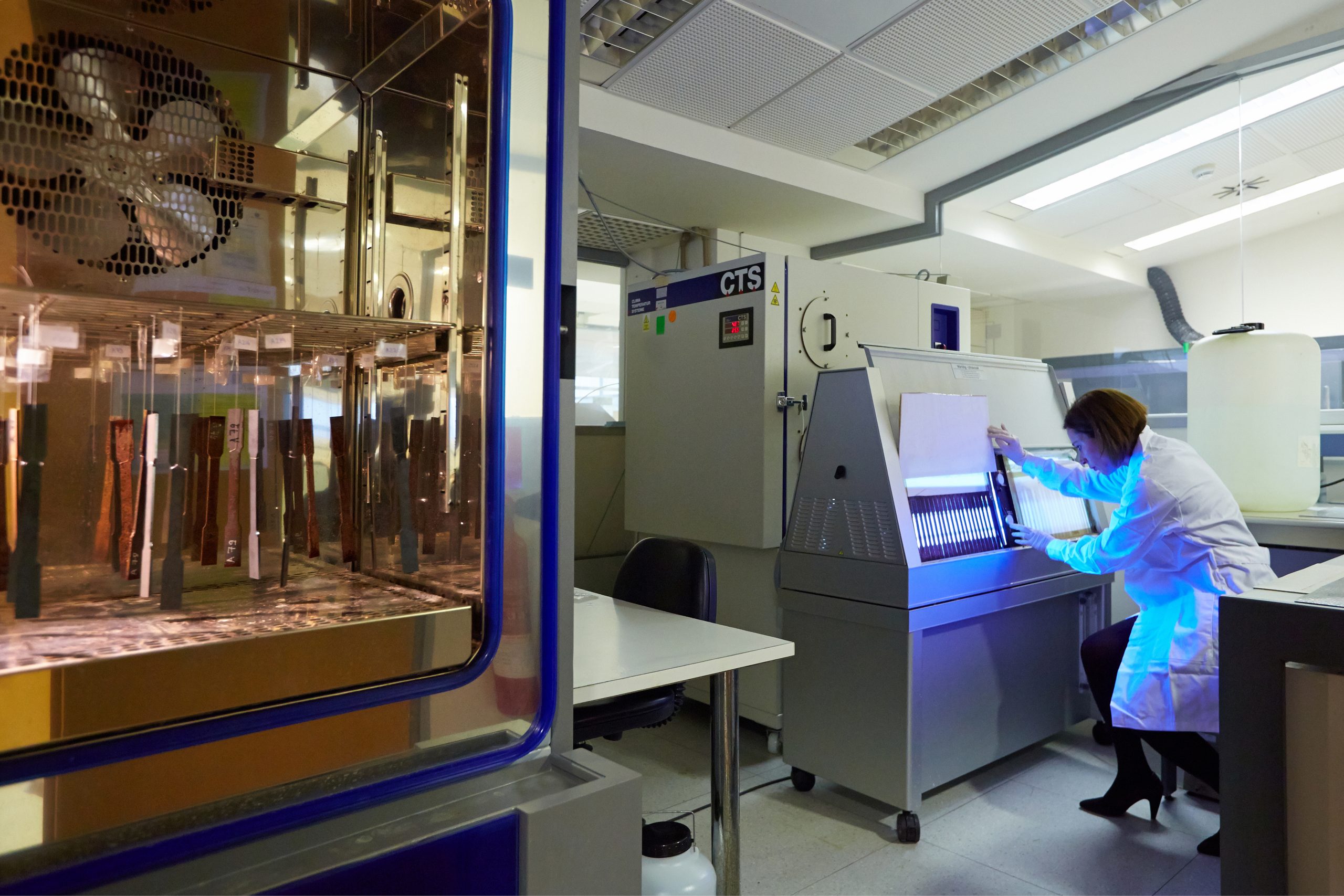Material reports, demand forecast, release reports, it does not matter the name. At the end of the day, they all have important information. I would say extremely important information. Material requirements reports provide visibility along the supply chain. This kind of report answers two massive questions (among other ones of course), but basically:
- How much (material) you want?
- When do you want it?
The continuous review of the information included in a material release report is a must do action every single week. If the demand goes up, the material planner has to ask to the supplier:
- Are you able to meet these requirements?
- Do you have the amount of people for production plan?
- How many shifts are you going to work per day?
- Among other ones.
If the demand goes down, the material planner has to ask (or explain) to the supplier:
- Explain the reason of the drop down of the demand.
- Provide an updated plan to consume the finished goods forecasted previously.
- Make a plan to warehouse that material.
- Among other ones.
As you see, information is a valuable commodity that helps us to make decisions. In supply chain management there are always risks in the decision making process that cannot be banned, due to always is going to exist a level of confidence. That is why, it is very important to check out every single week how the material requirements demand fluctuate either up or down.
Christopher and Lee (2004) explain how we have to take care of two massive concepts: Visibility and Control.
- This one describes that due to the length of supply chain systems there is no detailed knowledge of what goes on in other parts of the chain, as finished goods inventory, material inventory, work-in-process, etc. The solution here, is to share information among the members of the supply chain, this is because shared information reduces uncertainty and thus reduces the need for safety stock.
- It describes the situation that even if information is shared and a manager knows the scope of the process, sometimes it is hard to control the different operators related to the supply chain, due to these operators are out of his/her hands like suppliers, weather, nonflexible production lines or production schedule changes are not feasible, etc. (Christopher and Lee, 2004).
Implementing the 3 V’s
Often called the three V’s of supply chain management: visibility, velocity and variability are key elements of successful supply chain strategy. No matter what the competitive priority, the goal of supply chain management is to increase visibility and velocity while reducing variability. The future of supply chain management lies in continued pursuit of that goal.
Increased visibility
Visibility is the ability to view and share important information throughout a facility or supply chain no matter where in the facility or supply chain the information is located.
Increased visibility along the supply chain is a benefit for supply chain partners and the end customer. With better visibility, a supply chain manager or employee can see the results of activities occurring in the chain and is made aware of minor, incremental changes via technological processes. Better visibility has resulted in greater velocity.
Increased velocity
The flows of physical materials and services, cash, information and returns (or the reverse flow) of products for repairs, recycling or disposal, all get a benefit from being increased in speed and efficiency. Supply chain management impacts the velocity of these four flows in a positive manner.
Velocity is a term used to indicate the relative speed of all transactions, collectively, within a supply chain community. A maximum velocity is most desirable because it indicated a higher asset turnover for stockholders and faster order to delivery response for customers.
Methods of increasing velocity
- Reducing the time in which inventory is not moving (idle time) by using Just in time delivery and lean manufacturing (the less time inventory spends at rest, the less likely it is to suffer damage or spoilage. Increased velocity reduces the expenses involved in warehousing inventory.
- Eliminating activities that do not add value, thus reducing the time required to accomplish supply chain activities.
- Speeding up the flow of material demand. Information about demand changes is crucial when the competitive strategy is responsiveness.
Reduced variability
Variability is the natural tendency of the results of all business activities to fluctuate above and below an average value, such as fluctuations around the average time to completion, the average number of defects, average daily sales, or average production yields.
Supply chain management works to reduce variability in both supply and demand as much as possible. The traditional offset against variability is safety stock. If greater visibility along the chain results in greater velocity, supply chain managers should also be able to reduce the amounts of safety stock required to match supply to spikes in demand.
Once again, at the end of the day all these theories explained in this article pursues the goal to show how important is to share visibility (in a forecast or material demand report) to the suppliers. It is true that it is a never ending story by checking every single week how the demand changes or keeps the same for a considerable period of time. The performance of both material planner and supplier(s) is measured of how the material arrives on time and in the quantities needed. Times are changing so fast, a great year is coming in 2022 for manufacturing industry and the question is… Are you ready?
References
APICS (2017) Supply Chain Design. Module 1. Book 1 of 2. APICS (CSCP Version 4.1, 2017 Edition.
Christopher, M. and Lee, H. (2004) ‘Mitigating supply chain risk through improved confidence.’ International Journal of Physical Distribution & Logistics Management.
Available from: http://www.martin-christopher.info/downloads/
Volume 34. [No 5] pp. 1-15. [Accessed 15 April 2010]


















